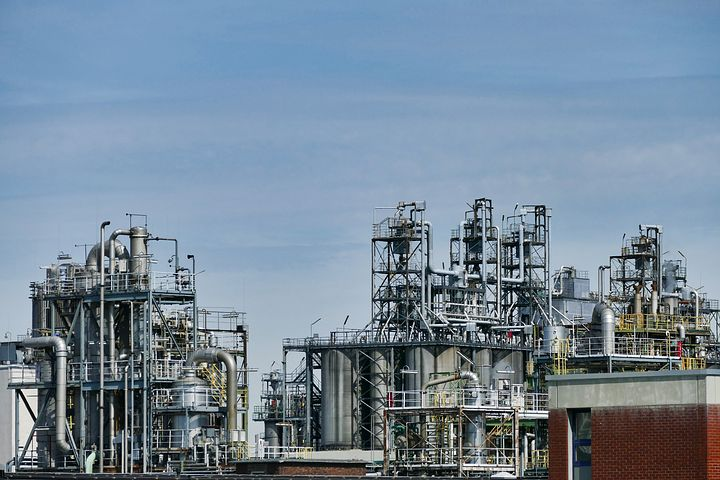Federal Reserve Chairman Jerome Powell stated that the economy of the United States, the world’s largest oil consumer, should weather the current coronavirus surge with only “short-lived” effects and be ready for the start of tighter monetary policy.
Brent crude futures were up 34 cents, or 0.4%, at $84.06 per barrel at 0918 GMT.
U.S. West Texas Intermediate (WTI) crude futures were higher 49 cents, or 0.6%, to $81.71 per barrel. In fact, both contracts are established for their sixth session of gains out of eight.
The Brent contract is showing growing backwardation, with front-month delivery about $4.20 more expensive than delivery in six months, suggesting tight supply currently.
OPEC+ producers resume to hold back more than 3 million barrels per day in production. Meanwhile, the sanctions on Iran pin back its exports.
And though OPEC+ producers are increasing their output targets each month, technical difficulties have stopped several countries from striking their quotas.
Government figures are expected on Wednesday
According to Oanda analyst Jeffrey Halley, assuming China doesn’t suffer a severe slowdown, Omicron becomes omi-gone. With OPEC+’s ability to increase production limited, he sees no reason why Brent crude cannot move towards $100.00 in Q1, perhaps sooner.
There are many variable outcomes in the previous sentence, the most significant threat being Omicron in China, India, and Indonesia.
Meanwhile, European jet fuel refining margins are back to pre-pandemic levels. The region’s supply is tightening and global aviation activity recovers.
U.S. crude stocks declined by 1.1 million barrels for the week finished Jan. 7, as stated by market sources quoting figures from the American Petroleum Institute (API) industry group.
On Tuesday, the U.S. Energy Information Administration boosted its oil demand outlook, seeing U.S. demand growing by 840,000 bpd in 2022, up from a prior forecast for an increase of 700,000 bpd.















